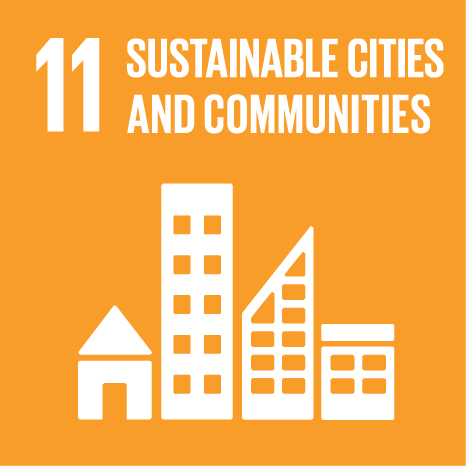Ciência_Iscte
Publications
Publication Detailed Description
Lisbon Cruise Terminal, Santa Apolónia, Lisbon, Portugal
Journal Title
TC Cuadernos
Year (definitive publication)
2022
Language
English
Country
Spain
More Information
Web of Science®
This publication is not indexed in Web of Science®
Scopus
This publication is not indexed in Scopus
Google Scholar
This publication is not indexed in Overton
Abstract
The Lisbon Cruise Terminal is implanted in the privileged and scarce marginal territory where the relationship between the city and the river is not interrupted by the railway line. The building, volumetrically compact, was designed to free the surrounding space, allowing the creation of an urban park, offering the population a unique possibility to enjoy the riverfront. The building is a large covered space, through which passenger arrivals, at the bottom, and departures, at the top, are articulated. A path surrounds the building up to its roof, which – like an abstract topography – promotes a dialogue with the natural amphitheatre of Alfama, sublimating the presence of the city. sed on the intention of the building to have a solid materiality, and given a problem raised during the execution project by the engineering team – which warned of the need for the façades to be light (due to the limited load bearing capacity of the foundations) – the possibility arose of using
a material that was resistant but less heavy than concrete. Following a challenge set by Experimenta Design within the scope of the Metamorphosis project on the use of cork in construction, and in collaboration with the Research and Technological Development Institute for Construction, Energy, Environment and Sustainability of the University of Coimbra (ITeCons), the Cement Applications Development Centre (CDAC) and the companies Secil and Amorim, an innovative material was created: white structural concrete supplemented with granulated cork. This component was introduced in powder form, allowing the reaction of the concrete – and consequently its structural capacity – to be maintained, the mass to be reduced by 40% – making the
resulting material substantially lighter – and improving its energy efficiency – given the thermal insulation
characteristics of the additive material.
Acknowledgements
--
Keywords
Architecture,Carrilho da Graça,Construction,Lisbon Cruise Terminal,Santa Apolónia,Lisbon,structural concrete,cork
Fields of Science and Technology Classification
- Other Humanities - Humanities
Contributions to the Sustainable Development Goals of the United Nations
With the objective to increase the research activity directed towards the achievement of the United Nations 2030 Sustainable Development Goals, the possibility of associating scientific publications with the Sustainable Development Goals is now available in Ciência_Iscte. These are the Sustainable Development Goals identified by the author(s) for this publication. For more detailed information on the Sustainable Development Goals, click here.

 Português
Português


